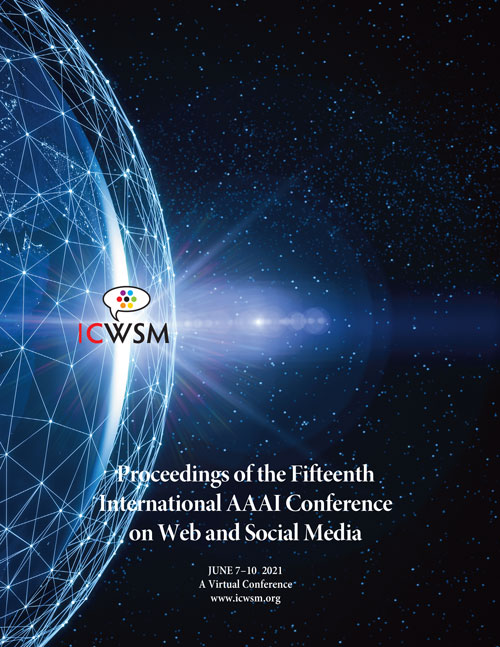Understanding the Use of Fauxtography on Social Media
DOI:
https://doi.org/10.1609/icwsm.v15i1.18102Keywords:
Qualitative and quantitative studies of social media, Analysis of the relationship between social media and mainstream media, Credibility of online content, Ranking/relevance of social media content and usersAbstract
Despite the influence that image-based communication has on online discourse, the role played by images in disinformation is still not well understood. In this paper, we present the first large-scale study of fauxtography, analyzing the use of manipulated or misleading images in news discussion on online communities. First, we develop a computational pipeline geared to detect fauxtography, and identify over 61k instances of fauxtography discussed on Twitter, 4chan, and Reddit. Then, we study how posting fauxtography affects engagement of posts on social media, finding that posts containing it receive more interactions in the form of re-shares, likes, and comments. Finally, we show that fauxtography images are often turned into memes by Web communities. Our findings show that effective mitigation against disinformation need to take images into account, and highlight a number of challenges in dealing with image-based disinformation.Downloads
Published
2021-05-22
How to Cite
Wang, Y., Tahmasbi, F., Blackburn, J., Bradlyn, B., De Cristofaro, E., Magerman, D., Zannettou, S., & Stringhini, G. (2021). Understanding the Use of Fauxtography on Social Media. Proceedings of the International AAAI Conference on Web and Social Media, 15(1), 776-786. https://doi.org/10.1609/icwsm.v15i1.18102
Issue
Section
Full Papers

